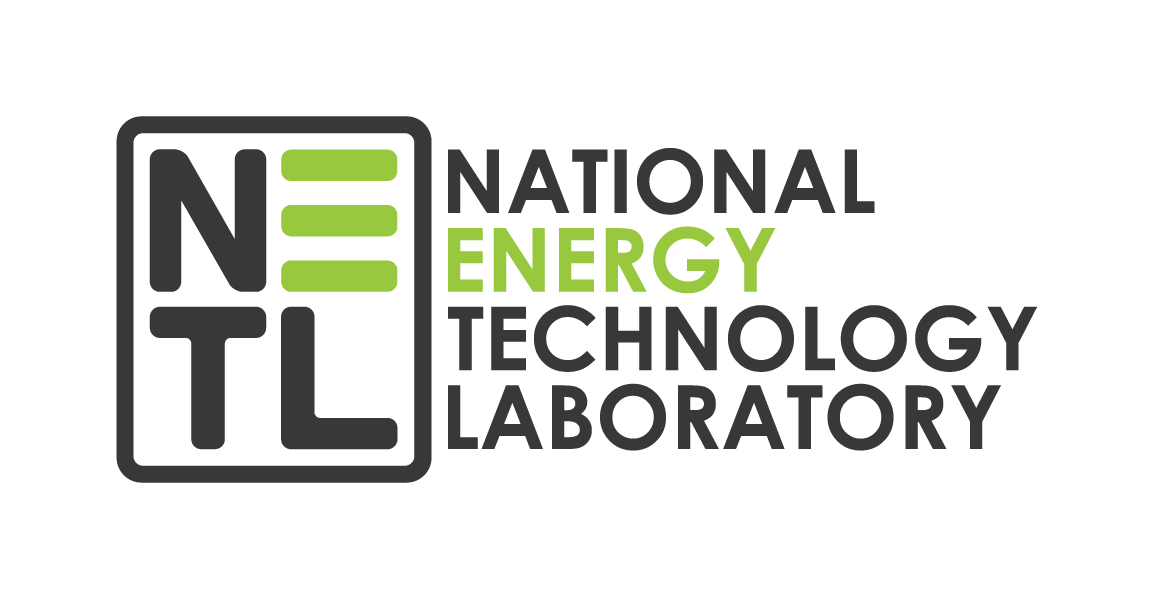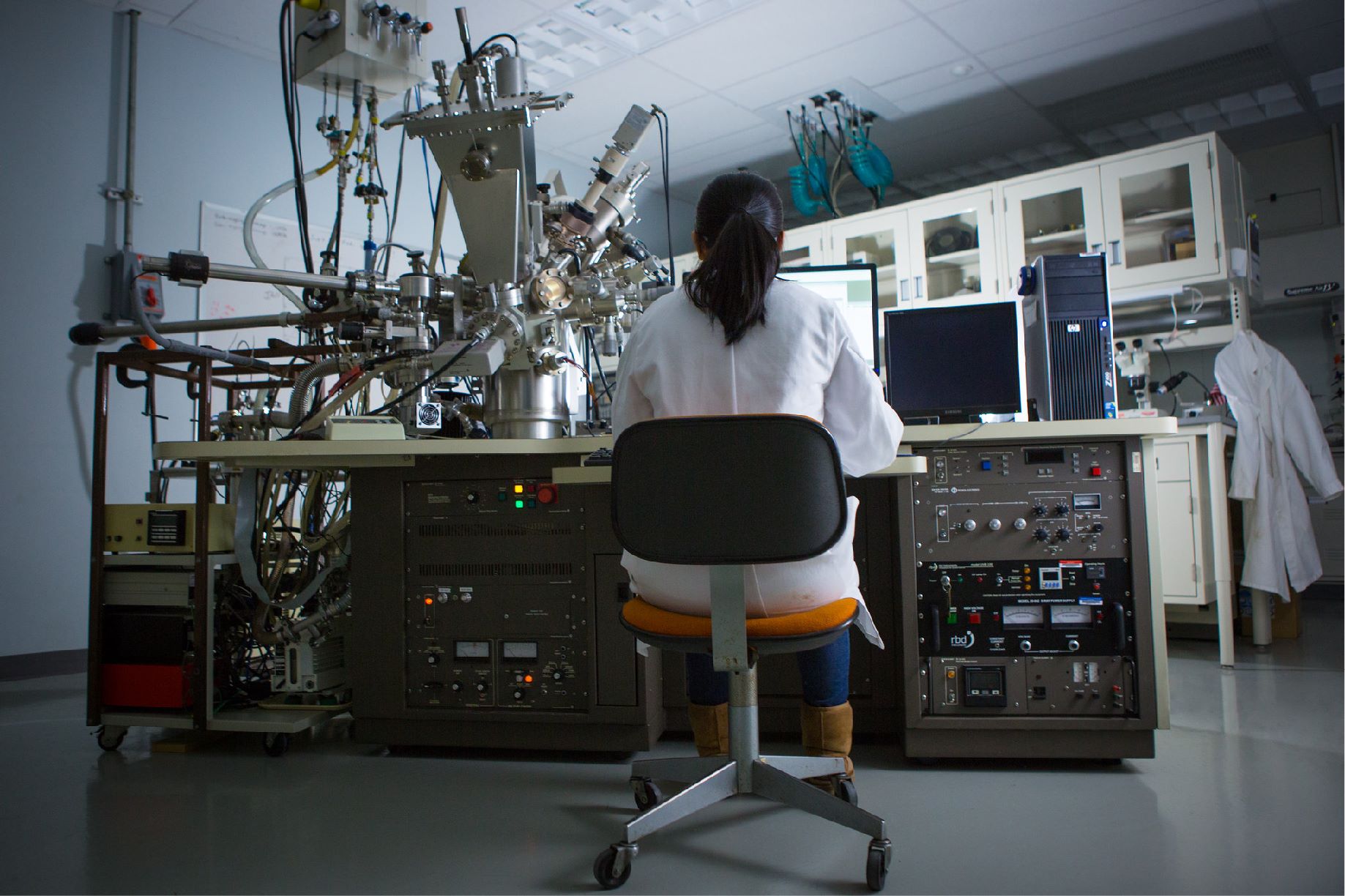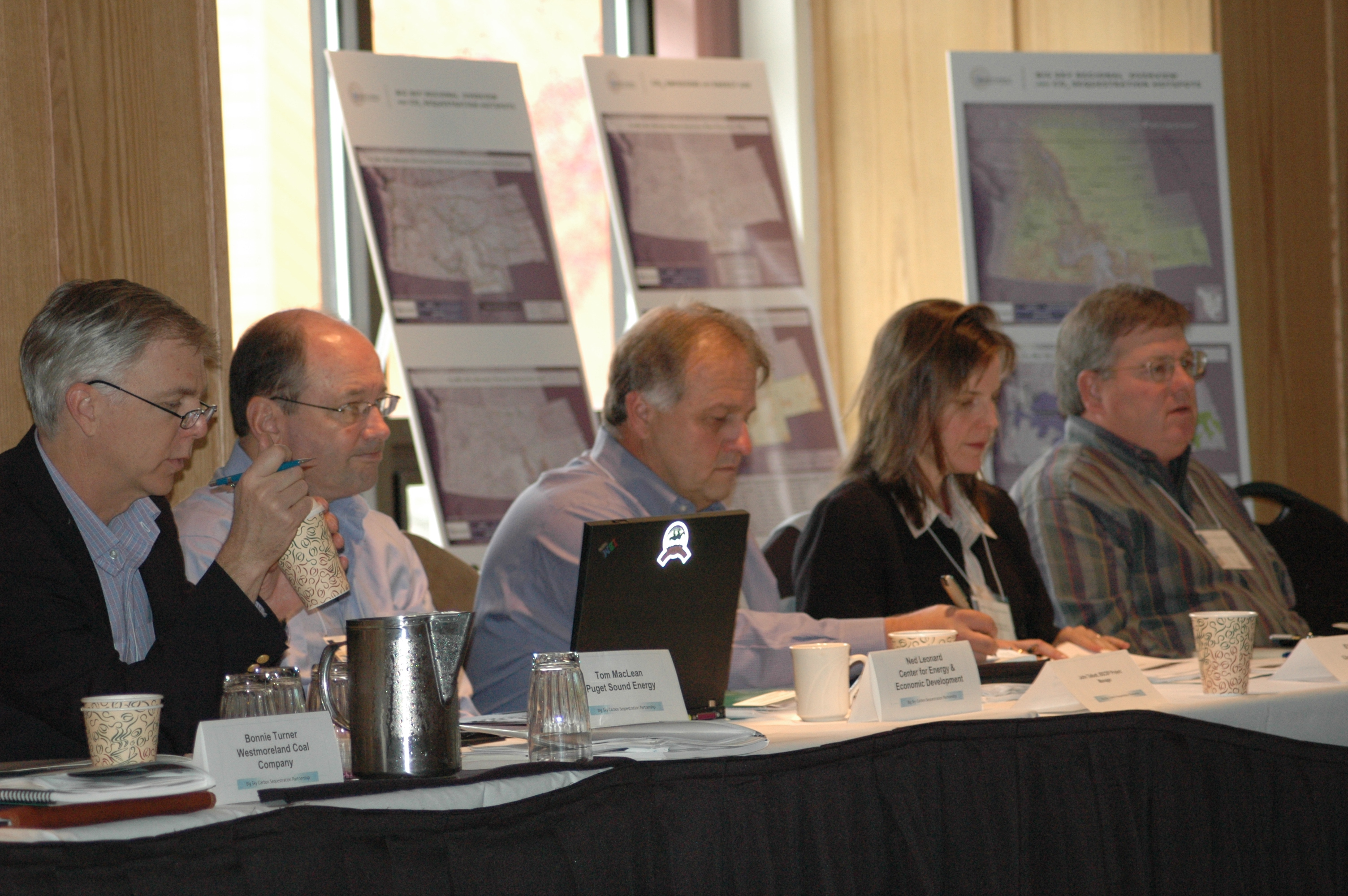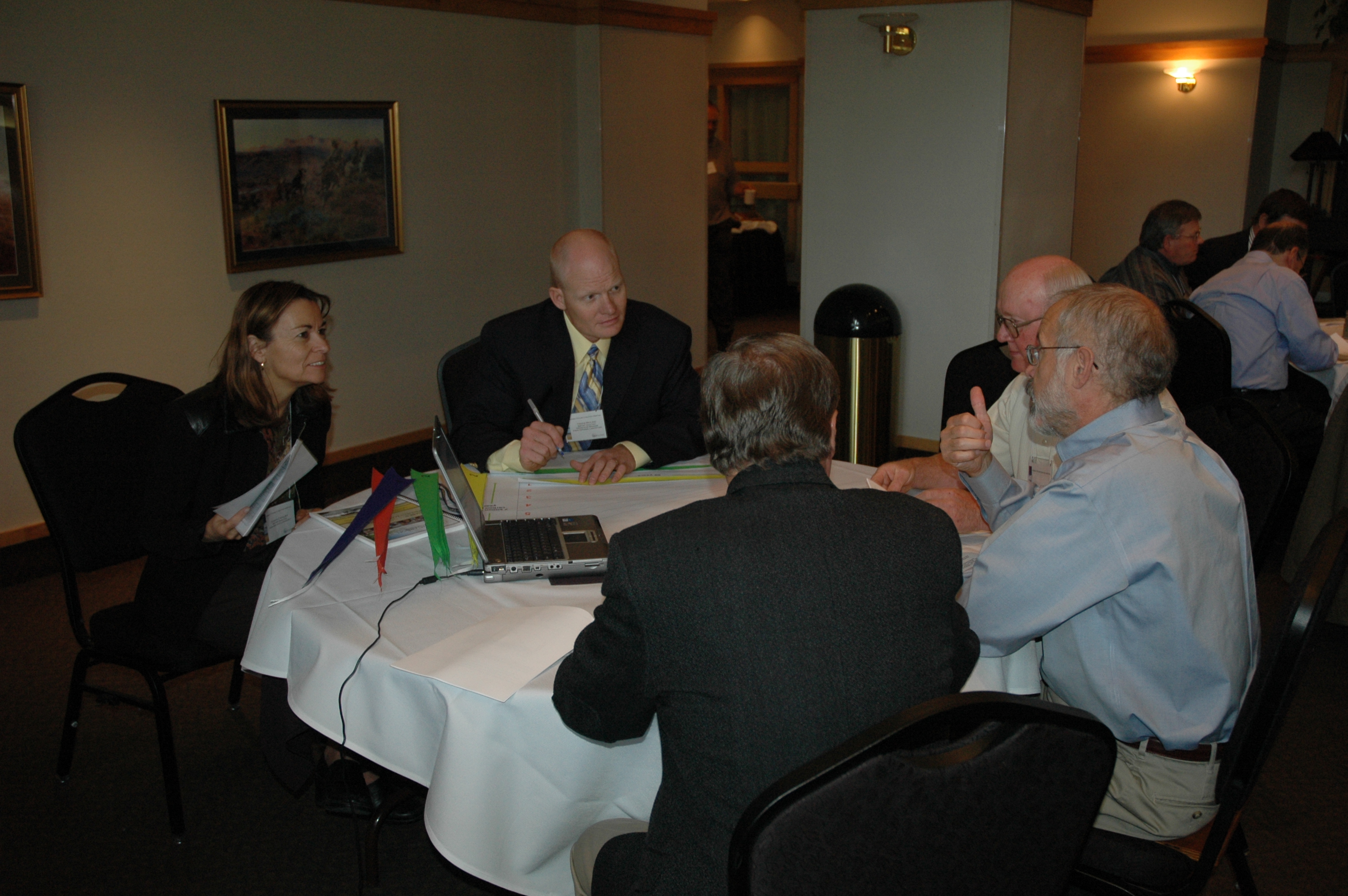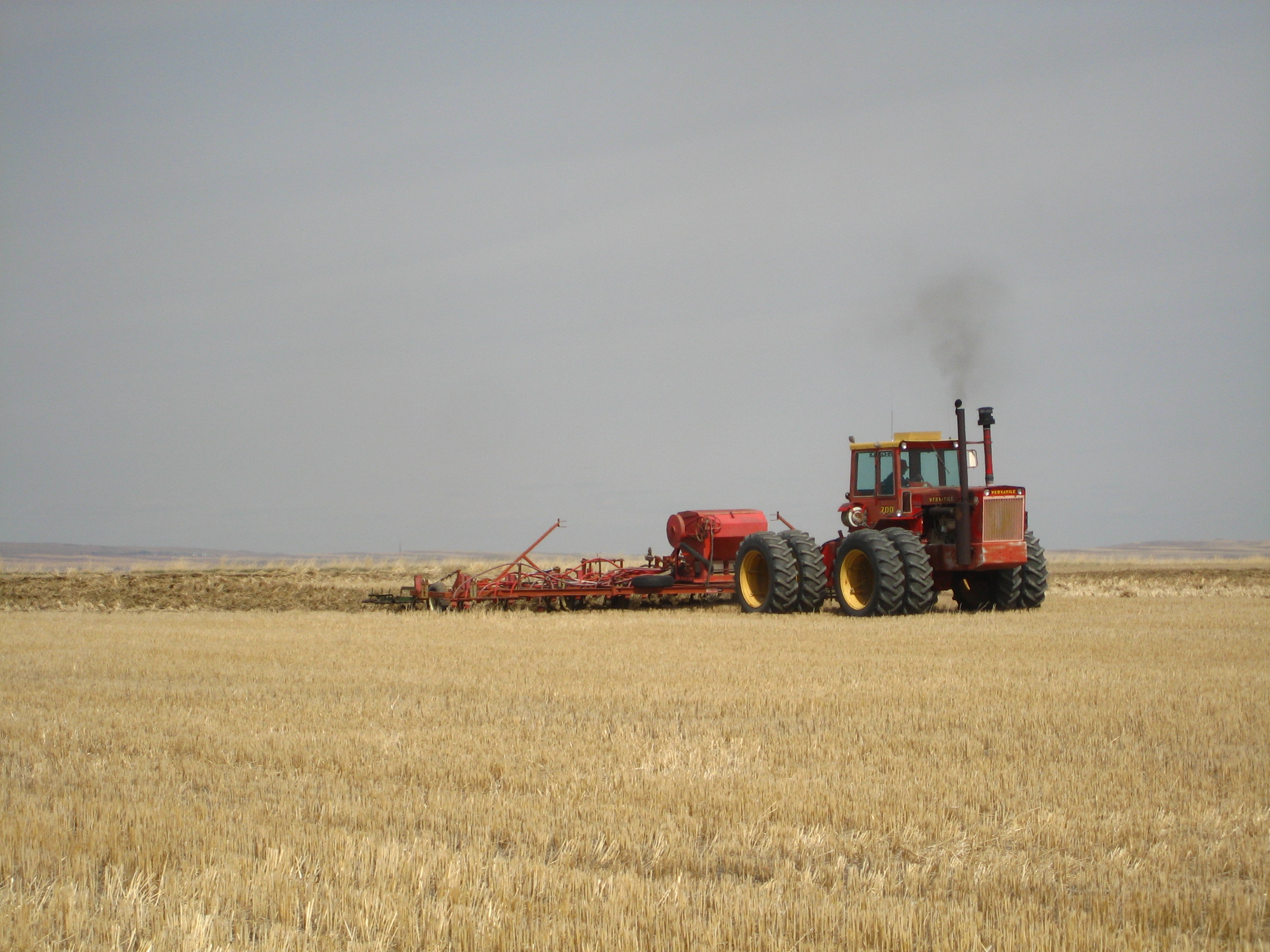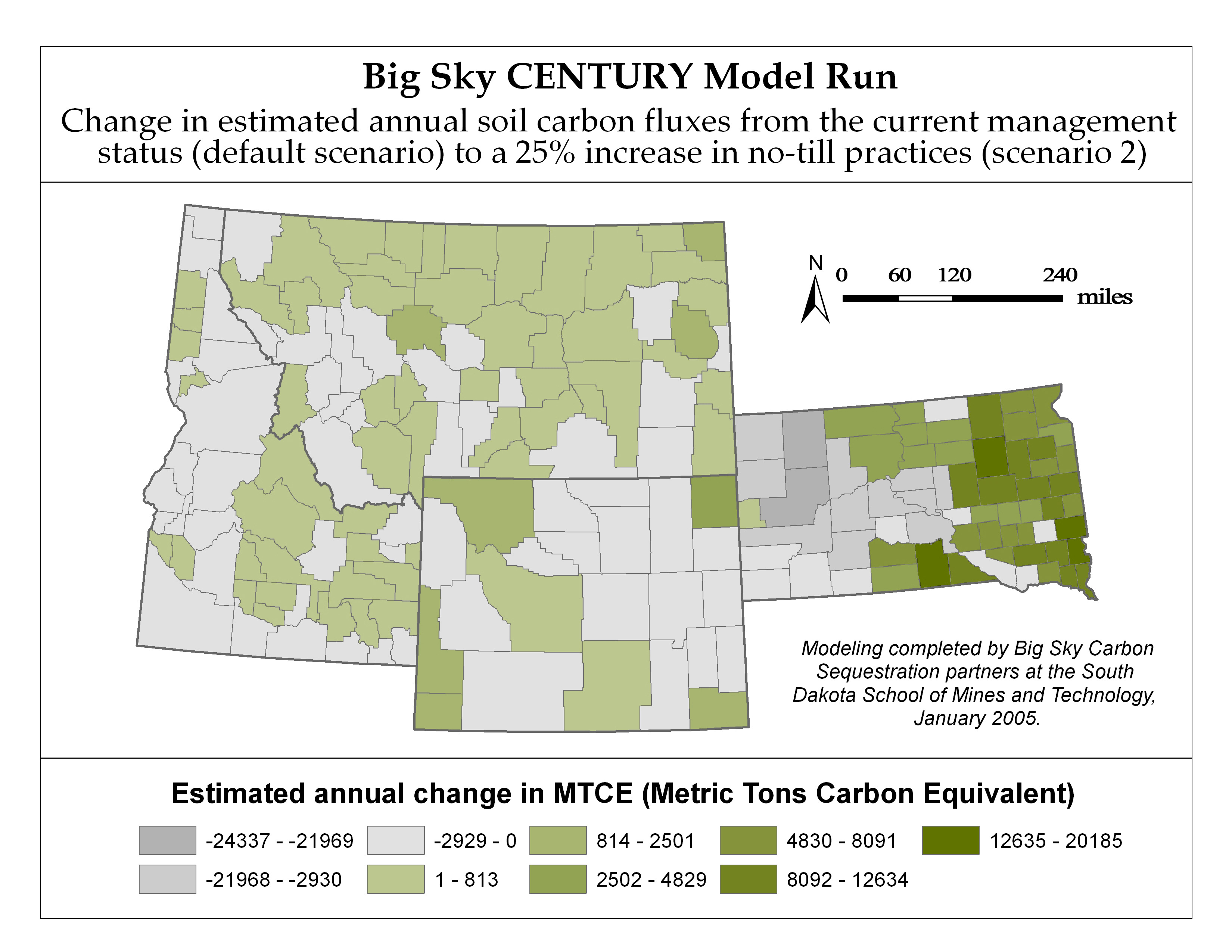Carbon Storage Atlas
Phase I Overview
The Big Sky Carbon Sequestration Partnership (BSCSP) was interested in and sought to identify and catalog carbon dioxide (CO2) sources and promising geologic and terrestrial storage sites. There are many geological similarities among Montana and Wyoming. Both possess extensive sedimentary deposits with saline aquifers – a promising geological storage target. Additionally, the region contains extensive fossil-fuel based resources. Idaho is home to the Snake River Plain basalts, which were thought to present a very unique opportunity for injection and mineralization of CO2 for long-term storage.
In addition to geological storage, the Big Sky region has great potential for terrestrial carbon storage via no-till (NT) farming and other land use practices that increase soil carbon content. There are similar land use patterns and cropland practices among Montana, Wyoming, Idaho, and South Dakota. Thus, BSCSP was motivated to assess and catalog carbon sources and promising geologic and terrestrial storage sites relevant to the region.
Lessons Learned
The Big Sky Carbon Sequestration Partnership (BSCSP) region is a relatively low emitter of greenhouse gases (GHGs) and in particular carbon dioxide (CO2) emissions. However, the region contains extensive fossil-fuel based resources, having more than 25% of the coal resources in the United States. Thus, BSCSP can play a unique role in designing and meeting future energy production in a way that addresses energy security, cost efficiency, reliability, and environmental stewardship. Calculation of the region’s gross emissions of GHGs was approximately 61 million metric tons of carbon equivalent. In Montana and Wyoming, emissions were found to be dominated by refining and other energy and heavy industries, and in Idaho by imported electricity. In South Dakota, GHG emissions arose mostly from livestock and because of soil management practices.
The current terrestrial sinks, including cropland, rangelands, and forestry, combined with the opportunities to expand enhanced oil recovery (EOR) in the region, offer an answer to near-term carbon storage needs. In the longer term, the potential storage capacity of the sedimentary provinces within the region are almost 900,000 million metric tons of CO2.
BSCSP invested in efforts designed to help ensure that the opportunities and programs are cost-effective and competitive with other storage alternatives. The attention to the economic potential of these sinks (i.e., the “opportunity cost” of changing land use patterns; of using energy to capture, separate, and store CO2; of conducting energy production in a manner that optimizes joint energy production and CO2 mitigation plans) was a key strength of the partnership.
The geological similarities among Montana, Idaho, Wyoming, eastern Washington, and Oregon were clearly identified. There are also similar land use patterns and cropland practices among these states, South Dakota, and the Canadian provinces.
The groundwork was emplaced to provide an assessment of storage capabilities for CO2 utilizing the resources found in the BSCSP region (both geological and terrestrial sinks). Geological storage capacities of provinces and plays (sedimentary rock types and large areas of mafic volcanic rock) and the capacity available for terrestrial storage utilizing land management practices and technologies (rangelands, forested, agricultural and reclaimed lands) were assessed.
The results of the assessment of the mineralization storage capacity of injecting CO2 into mafic volcanic rocks (basalts) of the Northwest led to the pilot-scale injection of Phase II at Wallula, Washington.
Partners

Battelle Pacific Northwest Division
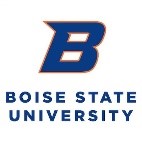
Boise State University
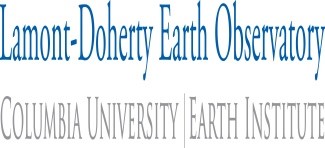
Columbia University – Lamont Doherty Earth Observatory

Energy Northwest
EnTech Strategies, LLC
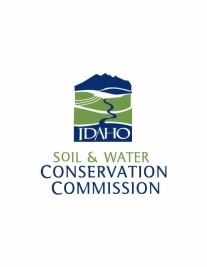
Idaho Carbon Sequestration Advisory Committee/Idaho Soil Conservation Commission
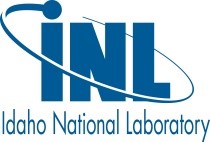
Idaho National Engineering and Environmental Laboratory
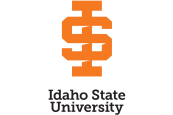
Idaho State University

Inland Northwest Research Alliance
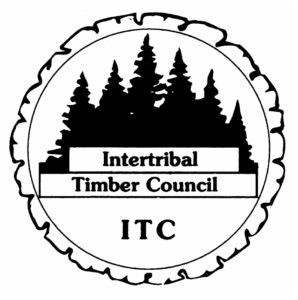
Intertribal Timber Council

Jackson Hole Center for Global Affairs
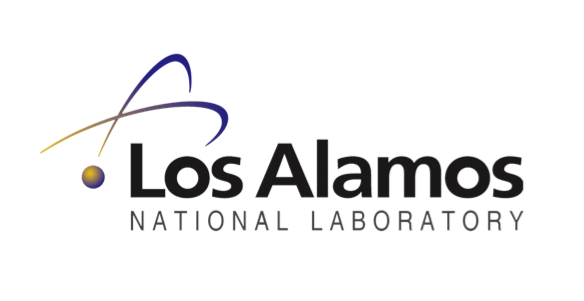
Los Alamos National Laboratory

Montana Bureau of Mines and Technology

Montana Department of Environmental Quality
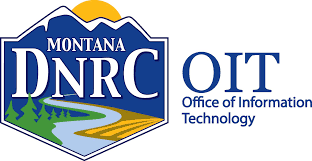
Montana GIS Services Bureau Information Technology Services

Montana Governor’s Carbon Sequestration Working Group

Montana Natural Resource Information System-Montana State Library
National Carbon Offset Coalition
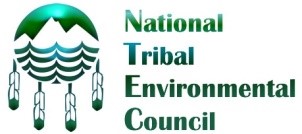
National Tribal Environmental Council
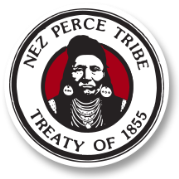
Nez Perce Tribe
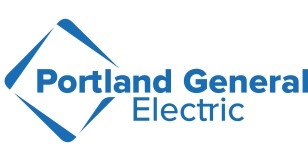
Portland General Electric

Puget Sound Energy
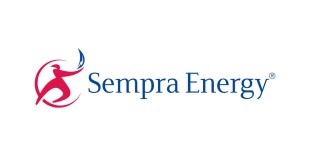
Sempra Generation

South Dakota School of Mines and Technology

Texas A&M
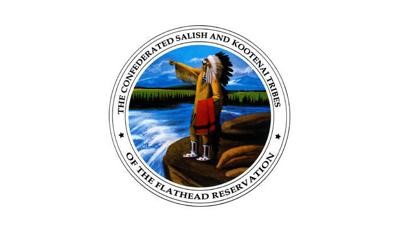
The Confederated Salish and Kootenai Tribes
The Sampson Group
Unified Engineering
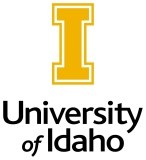
University of Idaho
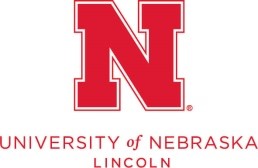
University of Nebraska-Lincoln
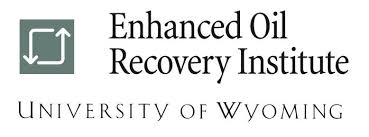
University of Wyoming Enhanced Oil Recovery Institute
University of Wyoming Geographic Information Science Center

University of Wyoming Ruckelshaus Institute for Environment and Natural Resources
Western Governors’ Association
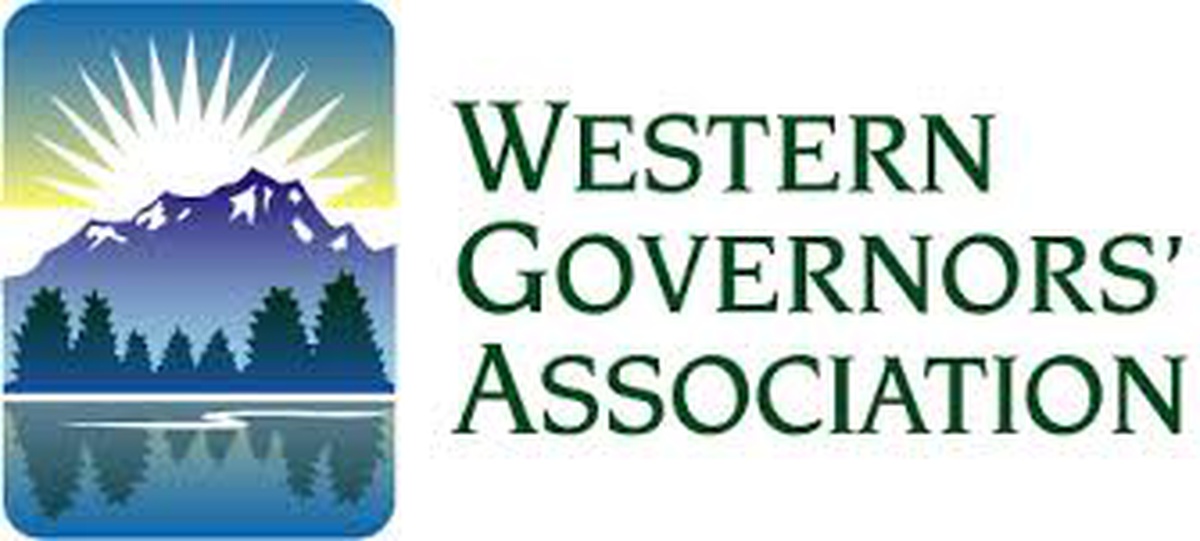
Wyoming Carbon Sequestration Advisory Committee

